First, the choice of battery type
With the development of battery technology and the rapid decline in cost, lithium batteries have now become the mainstream choice in household energy storage projects, with a market share of more than 95% of new chemical batteries.
Second, the battery capacity design four common misconceptions
1, only according to the load power and power consumption to choose the battery capacity
Battery capacity design, the load situation is the most important reference factor. But the battery charging and discharging capacity, the maximum power of the energy storage machine, the load's power consumption period, etc. should not be ignored as well.
2、Theoretical capacity and actual capacity of the battery
Usually, the battery manual is marked with the theoretical capacity of the battery, that is, in the ideal state, the battery from SOC100% to SOC0% when the battery can release the maximum power.
In practice, taking into account the battery life, it is not allowed to discharge to SOC0%, will set the protection of power.
3, the larger the battery capacity selection, the better
In the actual application, consider the battery usage rate. If the PV system capacity is small, or load power consumption is large, the battery can not be filled that causes waste.
4, the battery capacity is designed to fit perfectly
Due to the process loss, the battery discharge is less than the battery storage capacity, load power consumption is less than the battery discharge capacity. Ignore the efficiency loss is likely to cause the phenomenon of insufficient battery power supply.
Third, the battery capacity design under different application scenarios
This article introduces the battery capacity design ideas for three common application scenarios: self-generation (higher electricity costs or no subsidies), peak and valley tariffs, backup power (grid instability or important loads).
1, "Self-generation"
Due to high electricity prices or low subsidies for grid-connected PV (no subsidies), install PV energy storage system to reduce electricity expenses.
Assuming that the grid is stable, do not consider off-grid operation, photovoltaic is only to reduce grid electricity consumption, generally sufficient light during the day
Ideally, the PV + storage system can completely cover the household electricity consumption. But this situation is difficult to achieve. So we consider the input cost and electricity consumption, we can choose to choose the capacity of the battery according to the average daily electricity consumption of the household (kWh) (the default PV system is energy sufficient).
If we can accurately collect the electricity consumption law, combined with energy storage machine management settings, we can try to improve the system utilization.
2, Peak and valley tariff
The structure of peak and valley tariffs is roughly as shown below, 17:00-22:00 is the peak electricity consumption period.
Daytime electricity consumption is low (PV system can basically cover), in the peak period, it is necessary to ensure that at least half of the electricity is supplied by the battery to reduce electricity expenses.
Assume the average daily electricity consumption during the peak period: 20kWh
The maximum demand value of battery capacity is calculated based on the total electricity consumption during the peak period. Then find an optimal battery power within that interval based on the capacity of the PV system and the benefits of the investment.
3, unstable areas of the grid - backup power
Mainly applied in areas with unstable power grids or in situations with important loads. early 2017, Goodway had designed a project in Southeast Asia, the details are as follows.
Application site: chicken farm, considering the layable area of PV, about 5-8KW modules can be installed
Important load: 4* ventilation fans, the power of a single fan is 550W (if the ventilation fan does not work, the oxygen supply in the chicken shed is insufficient)
Power grid situation: unstable power grid, irregular power outages, the longest power outage length of 3~4 hours
Application requirements: under normal grid conditions, the battery is charged first; in case of grid blackout, the battery + PV ensures normal operation of important loads (fans)
When choosing the battery capacity, all that needs to be considered is the amount of power required for the battery to supply alone in an off-grid situation (assuming an evening power outage with no PV).
The total power used off-grid and the expected time off-grid are the most critical parameters. If there are other important loads in the system, all of them need to be listed (as in the following example) and then the maximum power consumption load power and power consumption during the longest continuous power outage throughout the day is used to finally determine the required battery capacity.
Fourth, the battery capacity design of two important factors
1, photovoltaic system capacity
Assume: the battery is all charged by photovoltaic, energy storage machine to charge the battery's maximum power is 5000W, the number of hours of sunshine per day is 4h
Then.
① In the mode where the battery is used as a backup power source, a battery with an effective capacity of 800Ah needs on average to be fully charged in an ideal condition.
800Ah/100A/4h=2 days
②In the self-generation mode, it is assumed that the system charges the battery with 3000W on average in 4 hours per day. A full battery with an effective capacity of 800Ah (without discharge) requires
800Ah*50V/3000=13 days
It cannot meet the daily power consumption of the load. And under the conventional self-generating and self-using system, the battery cannot be fully charged.
2、Battery redundancy design
The three application scenarios mentioned earlier are mentioned, due to the instability of photovoltaic power generation, line loss, invalid discharge, battery aging and other efficiency losses, in the battery capacity design, you need to retain a certain amount of margin.
The design of the battery margin is relatively free, the designer can be based on the actual situation of their own system design comprehensive determination.
Summary
This article introduces the battery capacity design scheme for several common application scenarios. It can be seen that the design ideas are actually similar in the three scenarios, and the core conditions are fixed, only that different factors need to be considered in different scenarios.


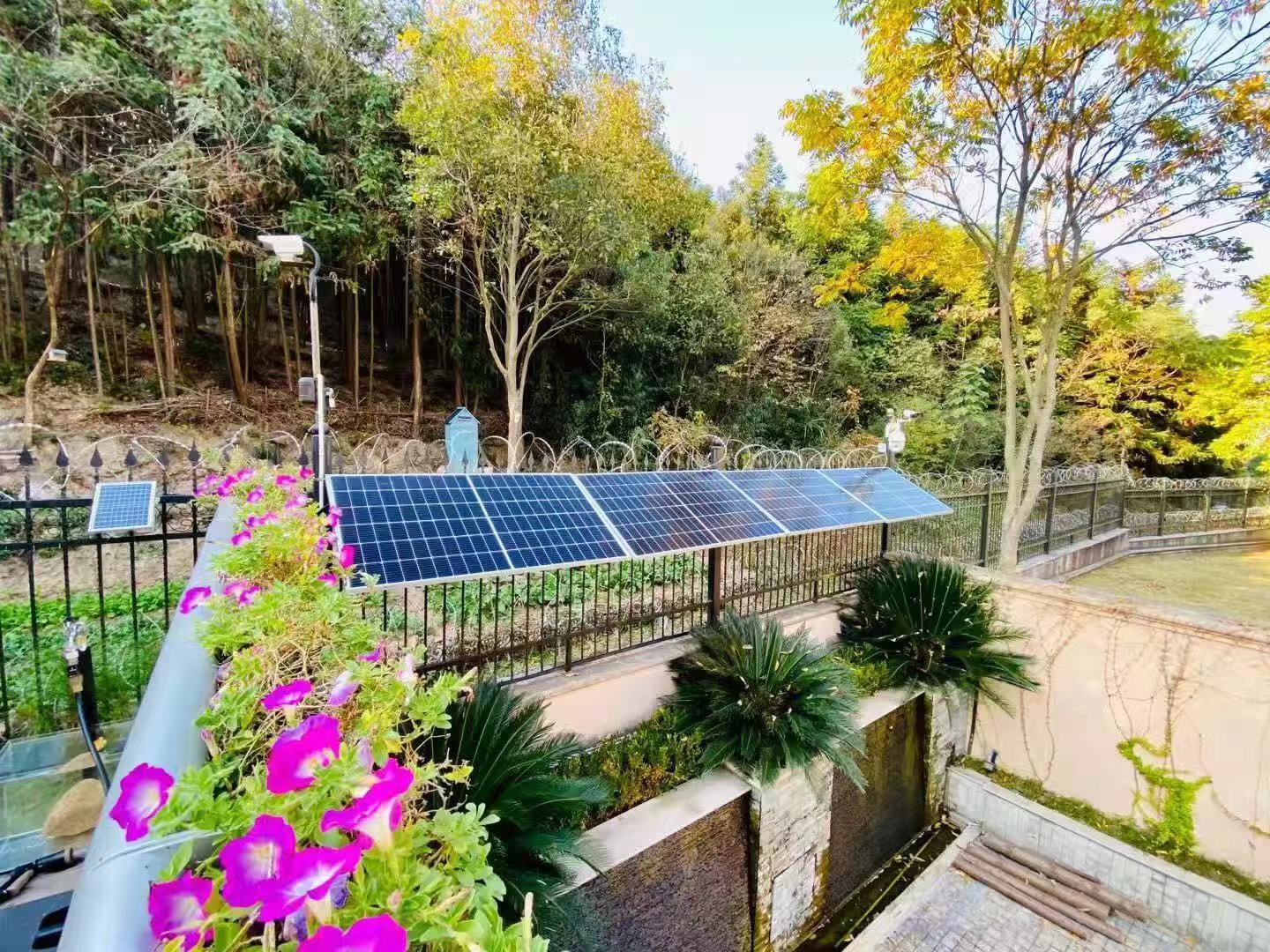
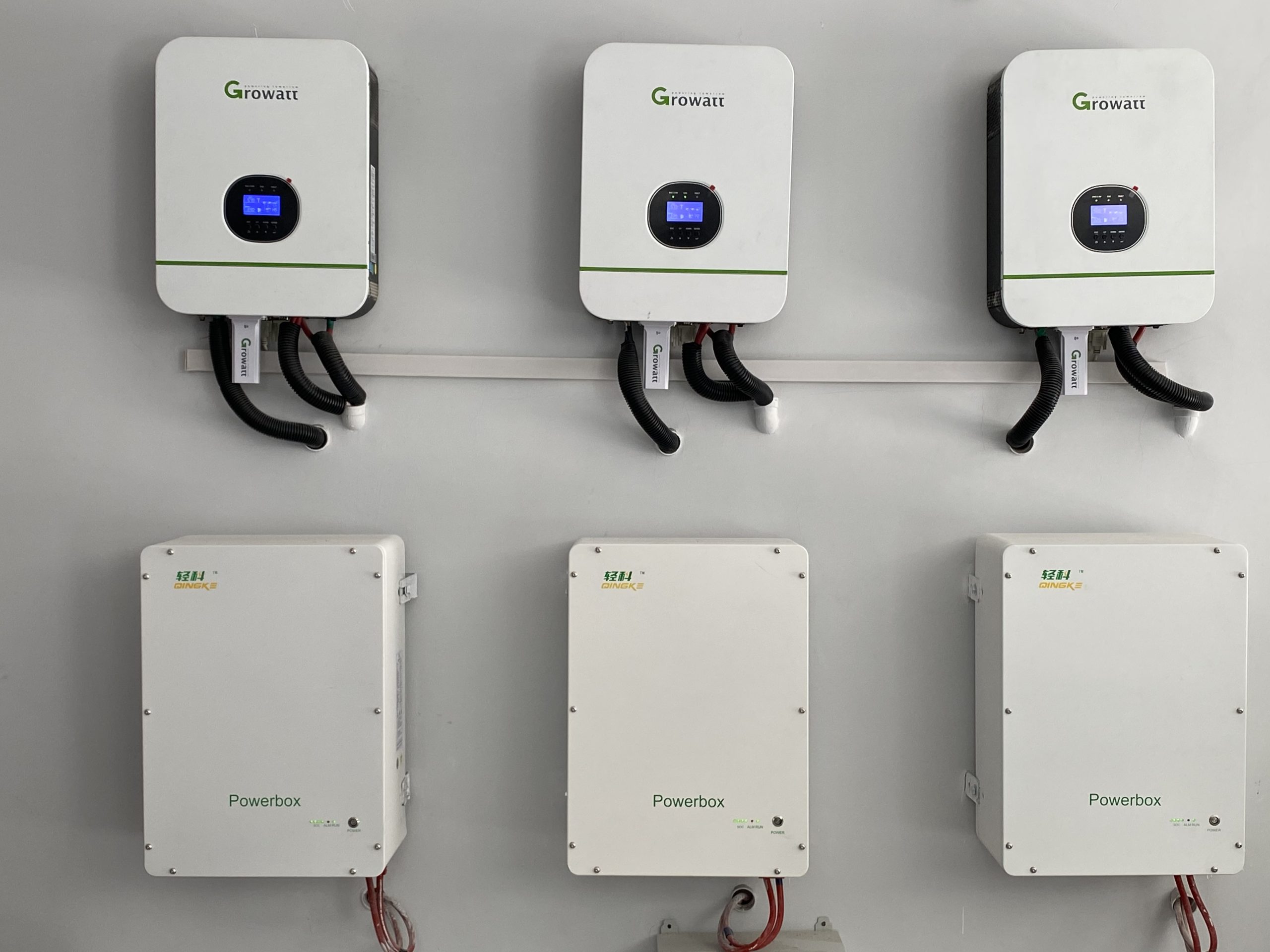
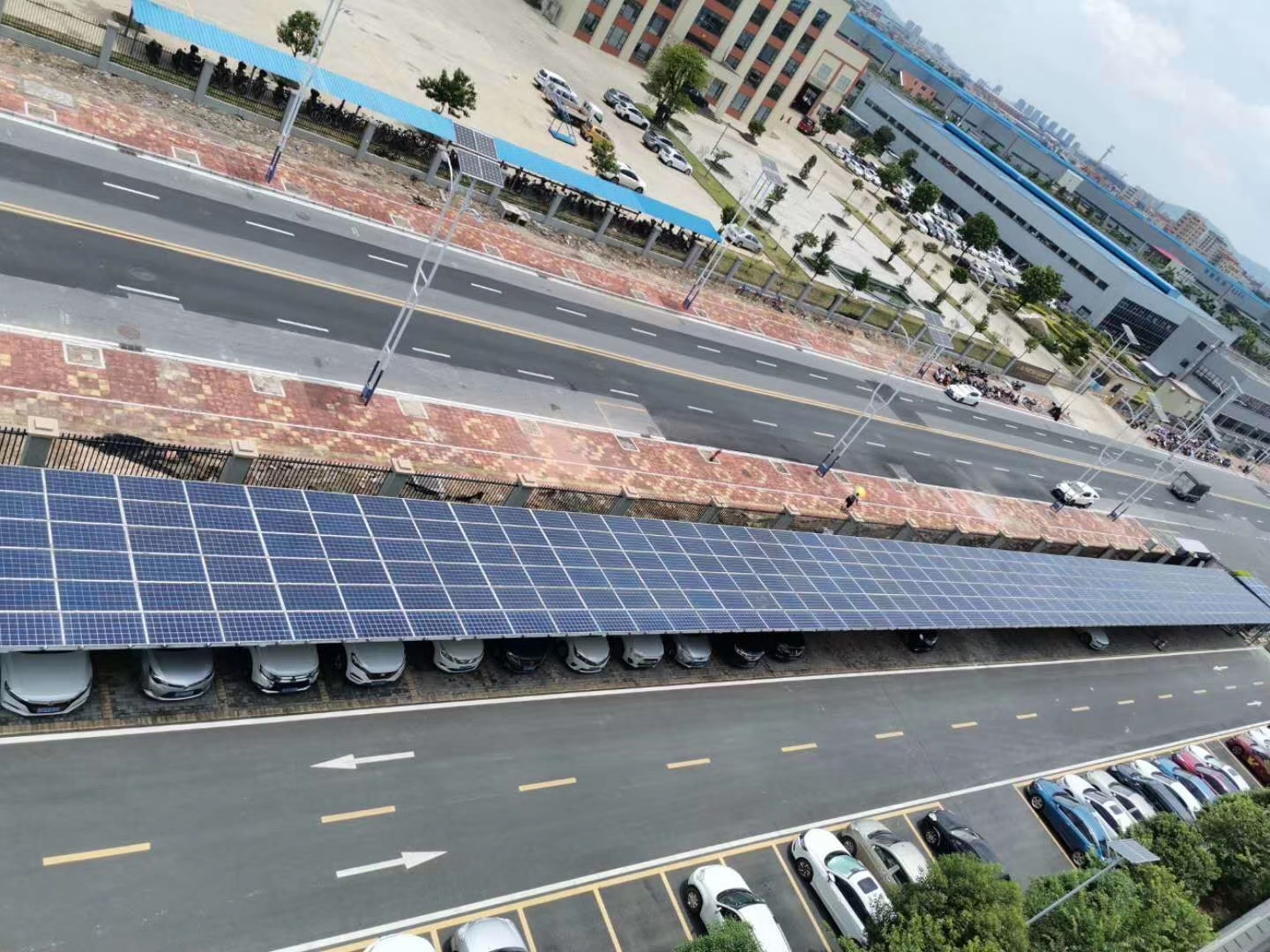
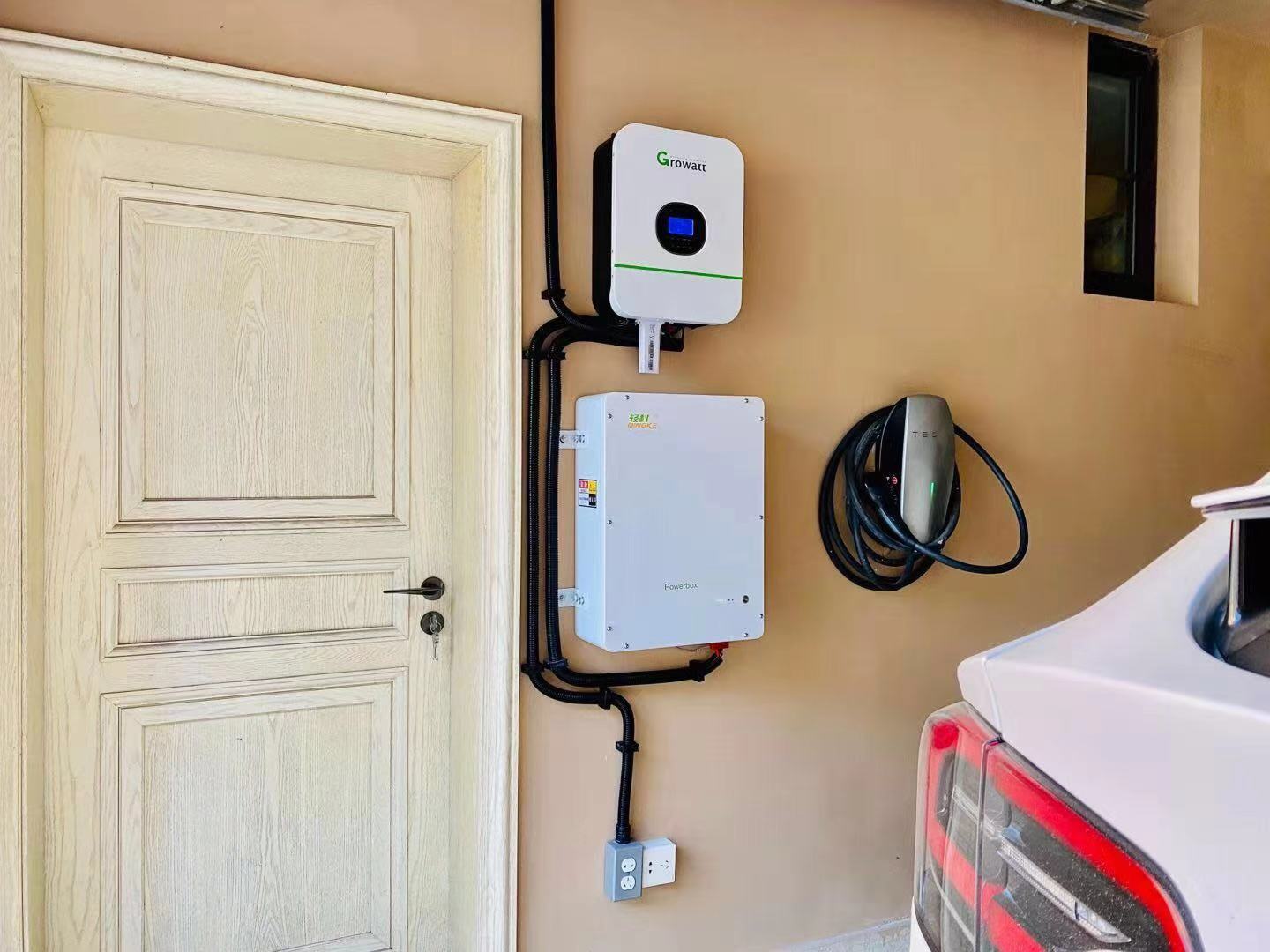

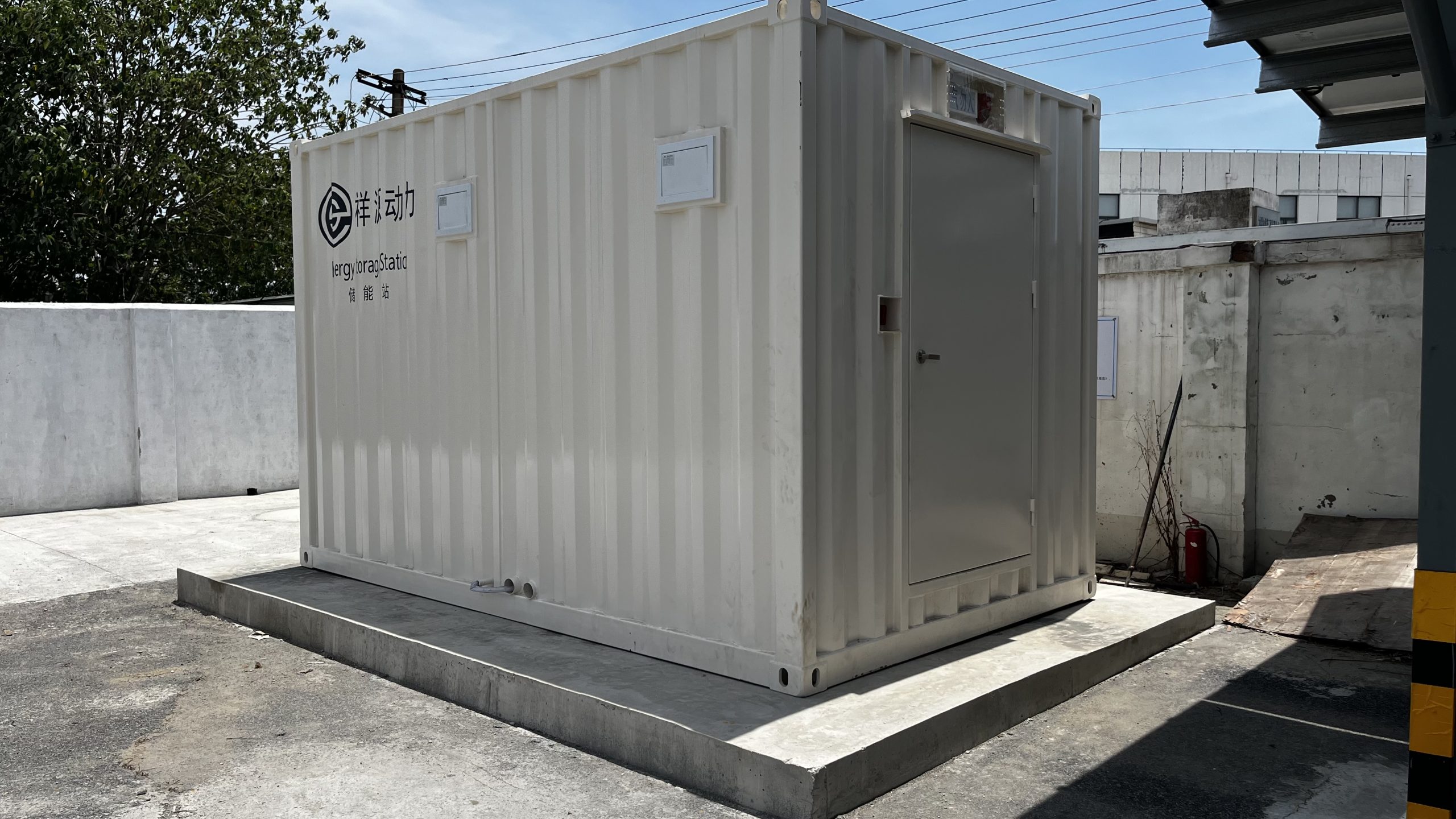

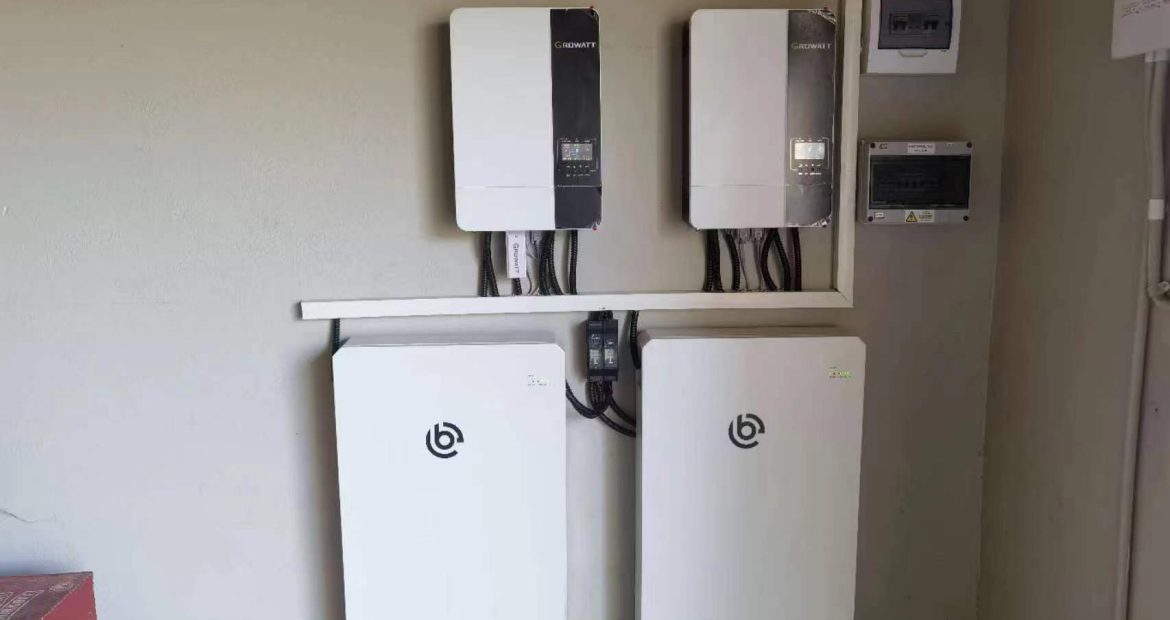



Comments
We have 2 homes here in Port Elizabeth, South Africa. Please can someone contact me?
Regards,
Steven
Okay, our distributor in South Africa will get in touch with you.